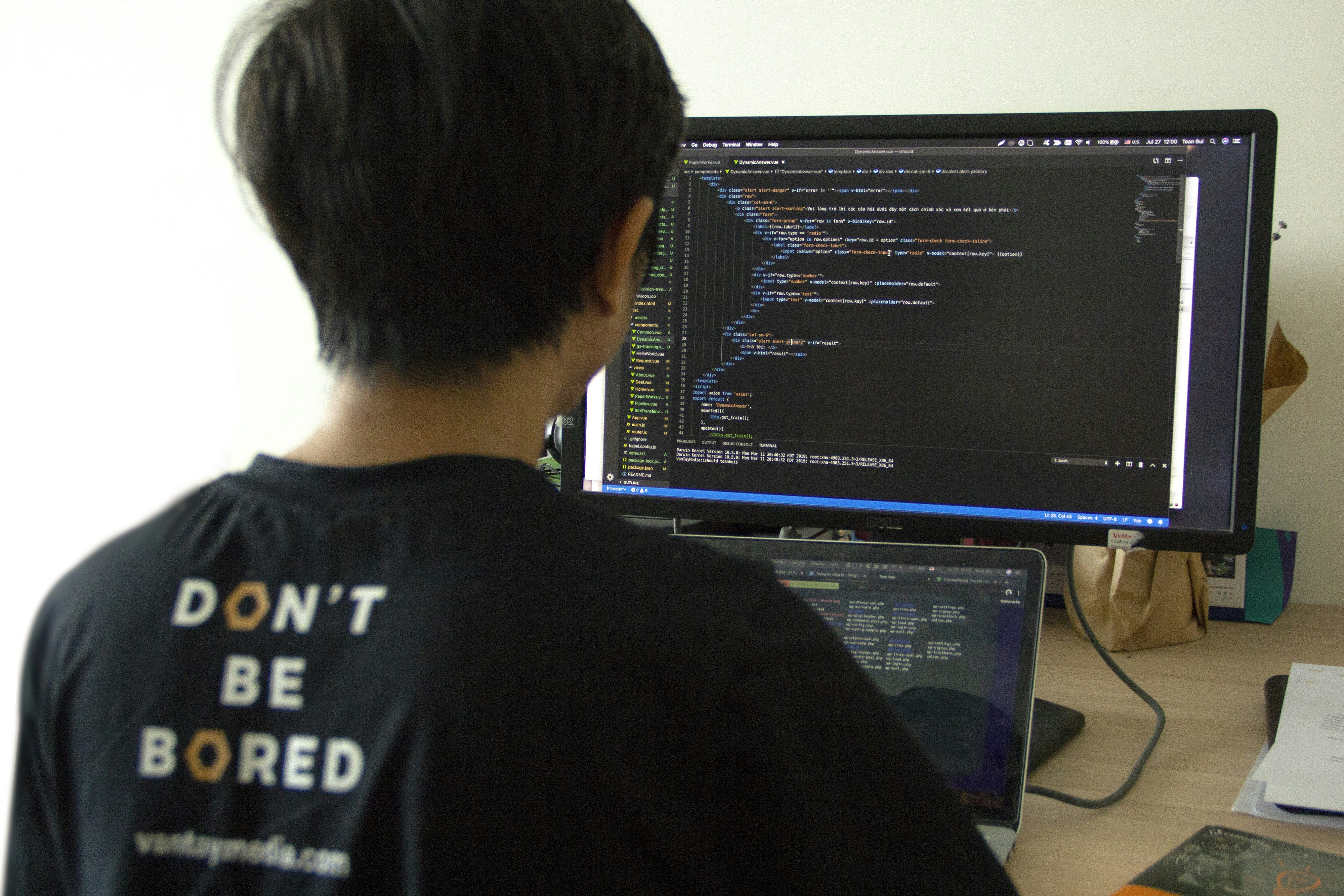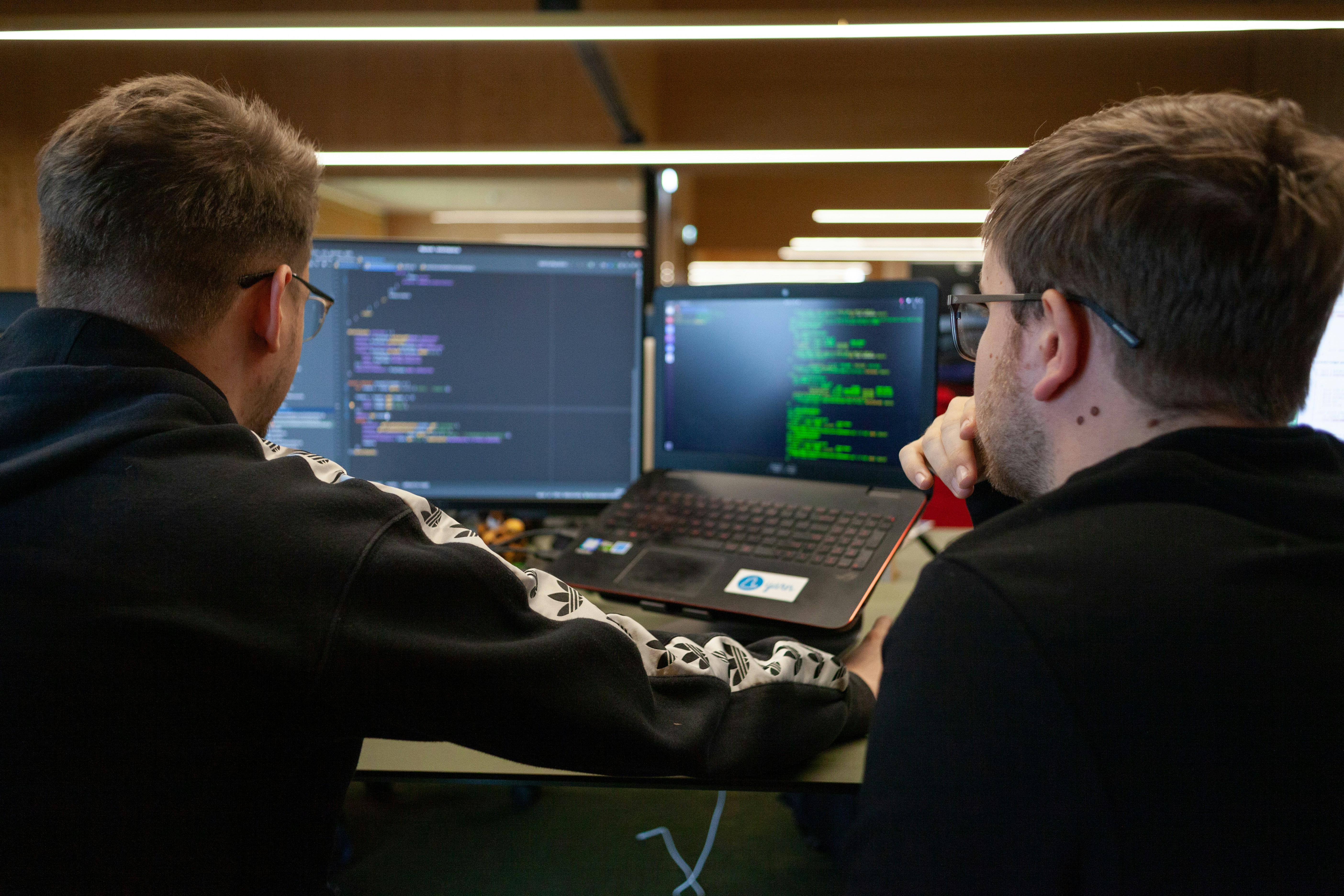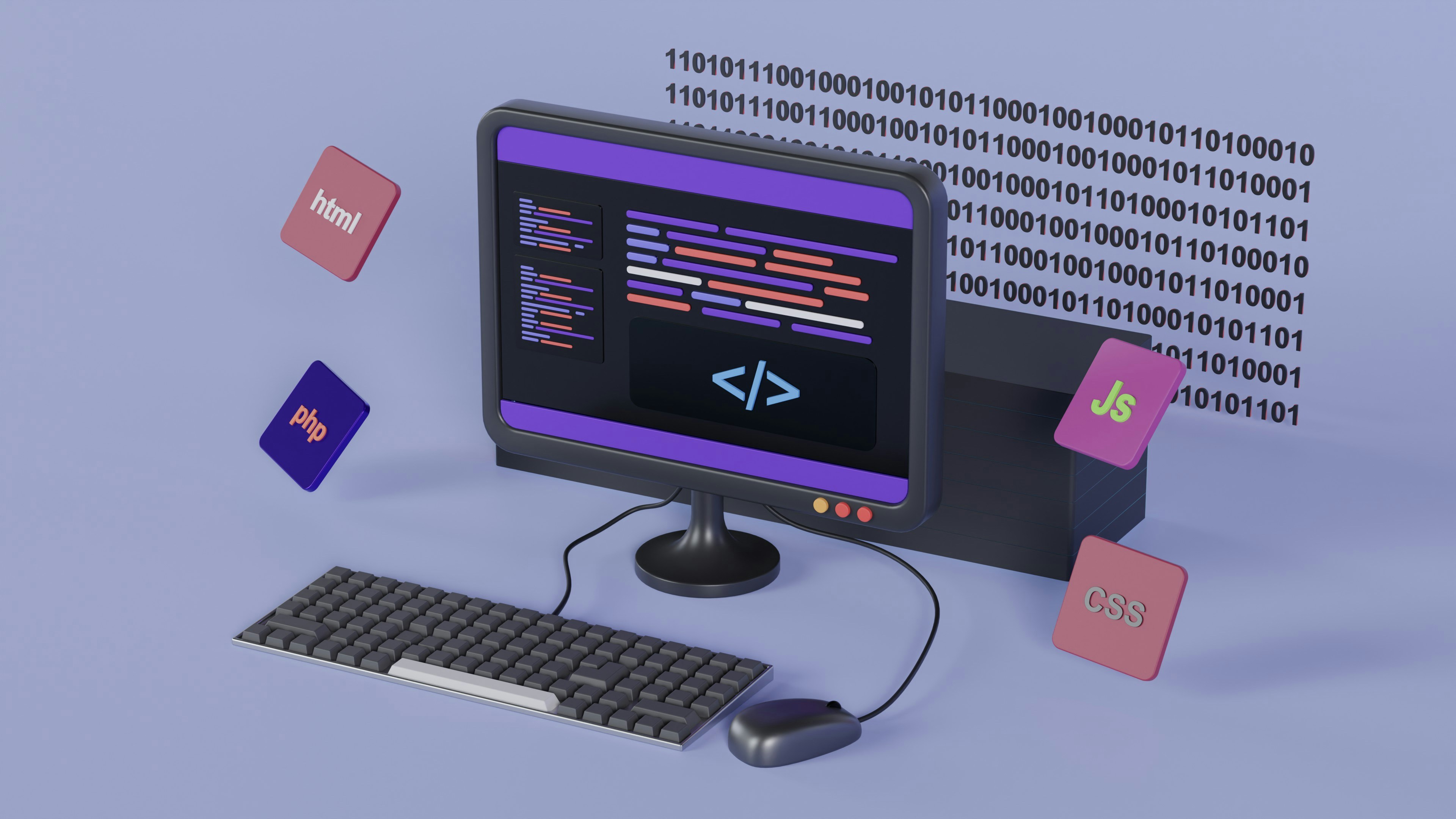AI-Enabled Vibe Coding: The Future of Software Development for Everyone
Introduction: A New Era in Software Engineering
Imagine a world where anyone, regardless of technical background, can create powerful software solutions. Thanks to AI software development, vibe coding, and no-code platforms, this vision is rapidly becoming reality. The future of programming is no longer reserved for seasoned developers; it’s being democratized for everyone. In this post, we’ll explore how these innovations are transforming the landscape of software engineering, making it more accessible, efficient, and creative than ever before.
What is Vibe Coding?
Vibe coding is an emerging paradigm where AI interprets a user’s intent, mood, and context to generate code or automate tasks. Unlike traditional programming, which requires explicit instructions, vibe coding leverages natural language, gestures, and even emotional cues to build software. This approach is gaining traction as AI models become more sophisticated, enabling a more intuitive and human-centric way to interact with technology.
For a deeper dive, check out NPR’s feature on vibe coding and AI software development.
The Rise of No-Code and Low-Code Platforms
No-code and low-code platforms have already lowered the barrier to entry for software creation. Tools like Bubble, Webflow, and Zapier empower users to build apps, automate workflows, and design websites without writing a single line of code. Vibe coding takes this a step further by integrating AI-driven automation and context awareness, making the process even more seamless.
Read more about the evolution of these platforms in Nucamp’s comparison of vibe coding and no-code trends.
How AI is Powering the Future of Programming
AI is not just a tool for automating repetitive tasks; it’s becoming a creative partner in the software development process. With advancements in natural language processing and machine learning, AI can now understand complex requirements, suggest optimizations, and even write code autonomously. This shift is paving the way for a new generation of chatbot programming, smart assistants, and adaptive user interfaces.
Democratizing Software Engineering: Opportunities and Challenges
The democratization of software development means that more people can solve problems, innovate, and bring their ideas to life. This inclusivity fosters diversity, creativity, and rapid iteration. However, it also raises important questions about security, quality assurance, and the evolving role of professional developers.
Benefits of AI-Enabled Vibe Coding
- Accessibility: Anyone can build software, regardless of coding experience.
- Speed: Projects that once took months can now be completed in days or hours.
- Creativity: AI-powered tools encourage experimentation and innovation.
- Collaboration: Teams can work together more effectively, leveraging diverse skills and perspectives.
Potential Pitfalls and How to Address Them
- Security Risks: Automated code generation can introduce vulnerabilities. Regular audits and AI-driven security checks are essential.
- Quality Control: Ensuring code quality requires robust testing frameworks and human oversight.
- Ethical Considerations: AI must be transparent and accountable to prevent bias and misuse.
Case Study: Chatbot Programming with Vibe Coding
Consider the rise of chatbot programming. With vibe coding, users can describe the desired behavior of a chatbot in plain language, and the AI translates these instructions into functional code. This approach accelerates development and allows for rapid prototyping, making it ideal for businesses and individuals alike.
For more insights, see this Medium article on AI writing tomorrow’s software.
Automation: The Engine Behind Vibe Coding
Automation is at the heart of vibe coding. By automating routine tasks, AI frees up human creativity for higher-level problem-solving. This synergy between human intuition and machine efficiency is redefining the future of programming.
IBM’s thought leadership on this topic is a must-read: IBM on vibe coding and automation.
Technical SEO Optimizations
- Meta Description: Embedded at the top of this post for improved search visibility.
- Alt Text: All images include descriptive alt text for accessibility and SEO.
- Internal Linking: For best results, link to related posts on AI, no-code, and automation within your site.
What’s Next for Software Engineering?
The convergence of AI, vibe coding, and no-code platforms signals a paradigm shift in software engineering. As these technologies mature, we can expect even greater levels of personalization, automation, and accessibility. The future of software development is not just about writing code—it’s about empowering everyone to shape the digital world.
Join the Conversation
What are your thoughts on AI-enabled vibe coding? Have you experimented with no-code platforms or chatbot programming? Share your experiences in the comments below, subscribe for updates, and join our community of forward-thinking creators!
Automate Your Blog: Never Miss an Update
We’re committed to keeping you at the forefront of technology. All future blog posts will be created and published automatically based on new spreadsheet rows—no human intervention required. Stay tuned for more insights on the future of programming, automation, and software engineering!




